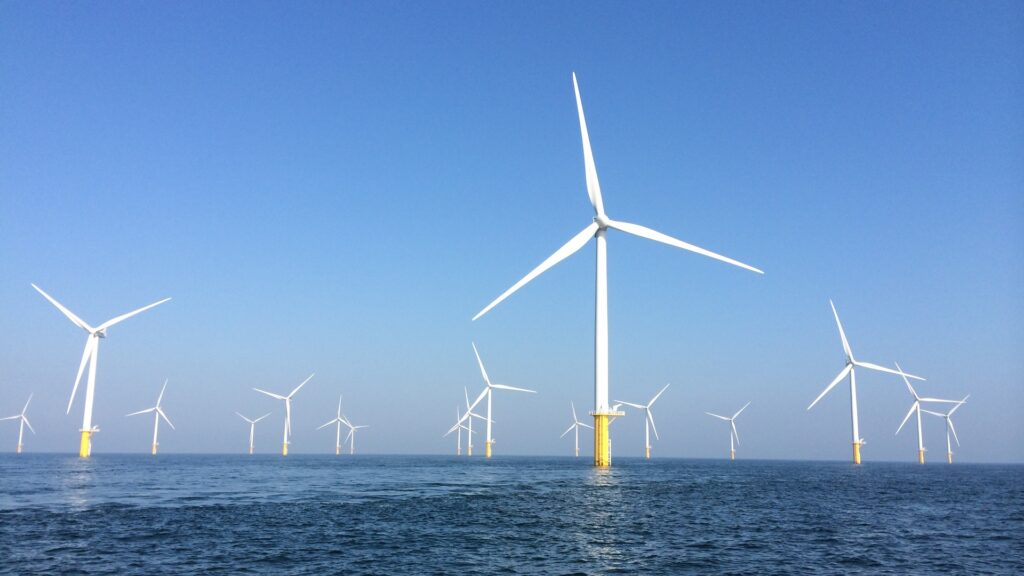Connecticut Legislature eyeing zero-carbon electricity goals by 2040
3 min read
Gov. Ned Lamont’s proposal to completely transition Connecticut’s electric grid from relying on oil and gas by 2040 is back in front of state lawmakers.
The bill would require the state to achieve a zero-carbon electric supply by Jan. 1, 2040, the Hartford Courant reported. This is in addition to the emissions-reduction targets currently in effect.
Chris Herb, president of the Connecticut Energy Marketers Association, told The Center Square that the bill may have a laudable goal, but if rushed into, it may result in the type of grid failures that ISO New England has previously warned about.
“To convert Connecticut’s power grid to all renewable power sources, offshore wind is a popular option for policymakers,” Herb said. “It doesn’t take up land space. Offshore wind tends to be steadier and faster than onshore wind.”
Herb gives the example of one of the largest offshore wind power plants in the world: the Walney Extension wind farm off the coast of England. The British wind farm has a capacity of 659 megawatts and is spread over approximately 56 square miles in the Irish Sea.
“Connecticut’s grid’s current nameplate capacity is 10,454 megawatts, so to replace that, we’d need some 15.9 Walney-sized wind farms, which have a lifespan of just 25 years,” Herb said. “With higher cost of materials today and recent high inflation, let’s say the total cost to Connecticut would be $50 billion. This doesn’t include the costs of decommissioning existing natural gas and nuclear plants, nor the additional cost of massive battery storage to store energy when the wind doesn’t blow (as Germany experienced with its wind farms last year).”
An all-wind farm renewable power grid is not exactly practical in terms of space, either. To put things in perspective, Herb said, if placed in Long Island Sound, this would mean a wind farm covering every square mile of Long Island Sound from the New York border to Rhode Island. It would penetrate from a few miles into the sound at its narrowest point to over 100 miles at its widest point.
“In reality, it’s likely multiple renewables will be used, from solar to wind to hydroelectric to nuclear and to biofuels,” Herb said. “Absent any coherent plan, it would be impossible to cost out such a complex melange of renewable power sources. It is safe to say that this will cost tens of billions of dollars that ratepayers will foot the bill for in higher electric rates.”
Oil and gas, Herb said, are not a part of what this bill envisions as Connecticut’s electric future.
“It is hard to imagine that we can keep from having blackouts without using gas and oil for many years to come,” Herb said. “This is extremely risky and will have great economic and political consequences if (Connecticut’s Department of Energy and Environmental Protection and Public Utilities Regulatory Authority) do not get it exactly right.”
This article was originally posted on Connecticut Legislature eyeing zero-carbon electricity goals by 2040





